Realizing Children’s Rights in Costa Rica
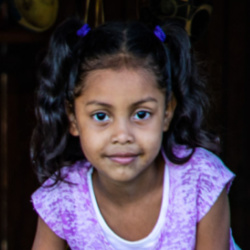
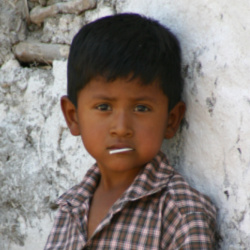
Costa Rica is an upper-middle-income country which has seen gradual economic development this century (The World Bank, 2021). Despite progress, income inequality remains a prominent challenge for the country leading to wide variations in access to national services (OECD, 2016). As a result, there is a pressing need to ensure that children’s rights are protected across the country to avoid discrimination and unfair treatment, especially amongst minorities and rural communities.

Children’s Rights Index: 8,54 / 10
Yellow level: Satisfactory situation
Population: 5.1 million
Pop. ages 0-14: 21 %
Life expectancy: 80.27 years
Under-5 mortality rate: 7.9 ‰
Costa Rica at a glance
The Republic of Costa Rica (República de Costa Rica), San José being its capital, is a country situated in Central America. It is located on the Isthmus of Panama, a land link that extends 640 kilometers (400 miles) from the border of Costa Rica to the Colombian border. It shares land borders with Nicaragua to the north and Panama to the south. Costa Rica has coastlines on both sides, with the Caribbean Sea to the east and the Pacific Ocean to the west (BBC Monitoring, 2018).
Following the arrival of Christopher Columbus in 1522, Costa Rica was colonized by the Spaniards and in 1563 the colonial capital was established in Cartago. By 1821, Costa Rica had declared independence and joined the Mexican empire. After the disintegration of the United Provinces of Central America in 1838, Costa Rica became a fully independent country (BBC Monitoring, 2018).
Since abolishing its army in 1948, Costa Rica remains one of the most politically stable countries within the Central America region. Despite a large majority of Ticos (a term referring to Costa Ricans) living below the poverty line, it has one of the highest standards of living in Central America (BBC Monitoring, 2018). Since the abolition of the army, the country’s constitution has given women the right to vote and has committed to safeguarding the human, social, economic and educational rights of all citizens.
The natural environment of Costa Rica has an abundance of biodiversity with beaches, volcanoes and mountain ranges as well as diverse wildlife. The economy has been built on the cultivation and export of crops such as bananas, coffee and pineapples (BBC Monitoring, 2018).
Status of Children’s Rights[1]
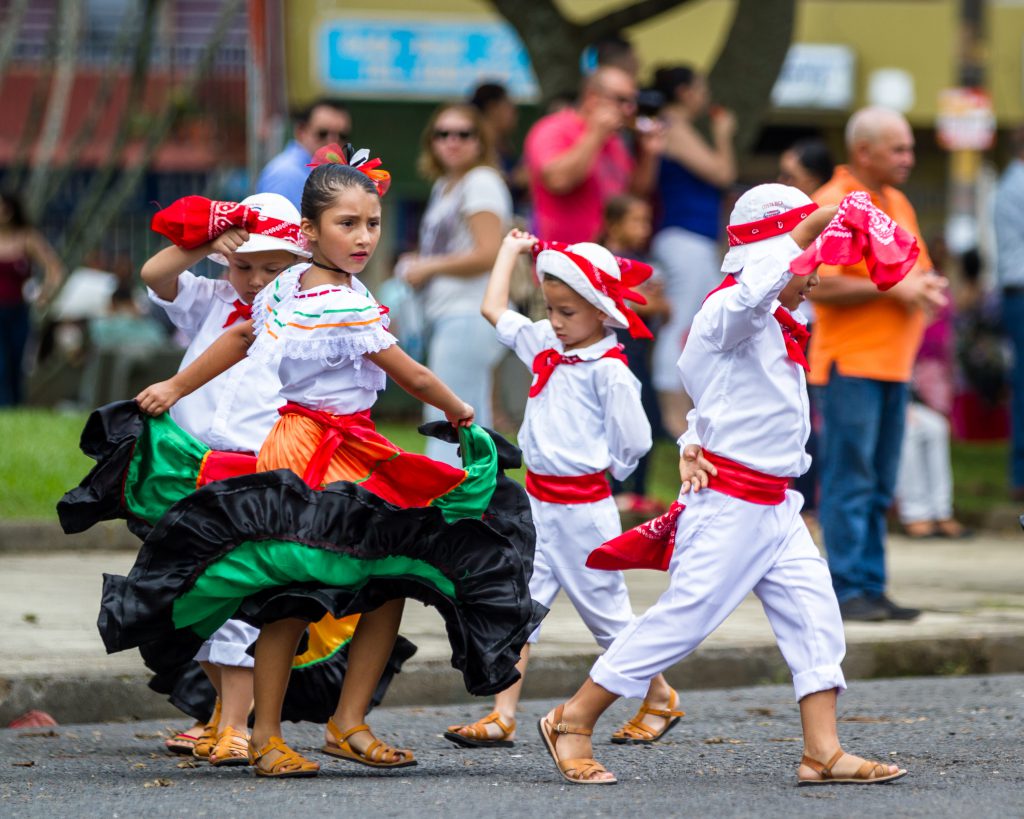
In 1990, Costa Rica ratified the Convention on the Rights of the Child (CRC). In 2002, the government ratified the Optional Protocol to the Convention on the Rights of the Child on the sale of children child prostitution and child pornography and the Optional Protocol to the Convention on the Rights of the Child on the involvement of children in armed conflict in 2003.
In terms of domestic laws, Article 7 of the Constitution of Costa Rica guarantees that international treaties which have been approved by the Legislative Assembly – including the CRC – have a higher authority than domestic laws and can be applied when courts conflict with national laws (CRIN, 2013).
Despite ratification, the Committee on the Rights of the Child has cited insufficient implementation of the country’s legislative provisions as a cause for concern, recommending nationwide improvements to administer these provisions and harmonise them with local regulations (Committee on the Rights of the Child, 2020).
Costa Rica’s National Child Welfare Agency (PANI) was established in 1930 to independently guarantee the protection of children’s rights and their mothers (ECPAT International and Fundación PANIAMOR, 2018). Complementary to PANI is the 1998 established National Childhood and Youth Council (CNNA) which sits under the Presidency and facilitates institutional coordination for the protection of children’s rights (ECPAT International and Fundación PANIAMOR, 2018).
Addressing the needs of children in Costa Rica
Right to education
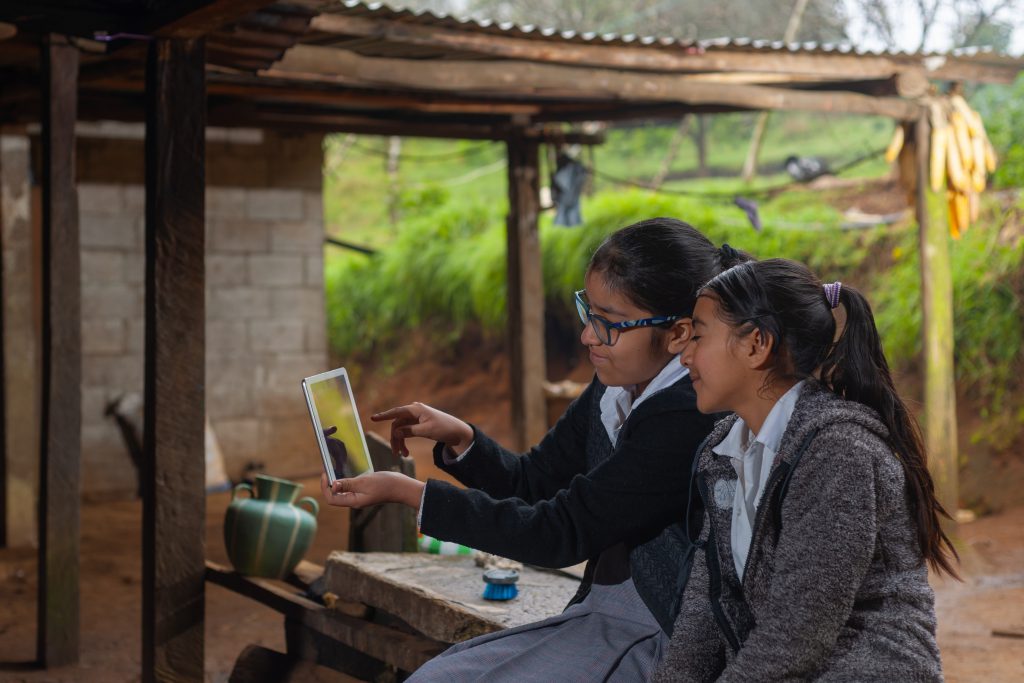
In the last decade Costa Rica has made significant progress towards broadening access to educational opportunities. In line with Target 4.2 of the Sustainable Development Goals, Costa Rica is a leading example in the region for making a move towards mandatory two-year pre-primary education (Education International, 2018). Pre-school education has seen a sharp rise in attendance and primary school coverage is almost nationwide. Costa Rica was one of the first countries in the continent to achieve this and its move to mandate compulsory secondary education has brought positive results.
At the highest educational level, twice the number of children is attending post-school education relative to the year 2000 (OECD, 2017). However, despite progress, pre-school attendance remains sub-par. Nearly 40% of children lack access to early childhood educational opportunities despite it being compulsory (OECD, 2017).
Spanish is the official language taught in all schools. However, this is not inclusive of indigenous children. In 2013, a decree was passed to recognize Cabécar, Bribri, Ngöbe, Buglé, and Maleku as the first languages of Indigenous peoples. In spite of that, it has not been nationalised and Spanish remains the only language taught in schools (Cultural Survival, 2019). The Ministry of Intercultural Education and the Ministry of Public Education hold educational programs in order to promote indigenous cultures. They also encourage the use of bilingual educational materials to meet the needs of indigenous children within education (Cultural Survival, 2019).
Since 2018, the anti-government protests in Nicaragua have caused thousands of families to flee, seeking protection in Costa Rica, particularly in the city of Upala. Under Costa Rican law, free primary education is mandatory for all children regardless of their migration status, therefore local schools in Upala have seen a major influx of Nicaraguan children (Mora, 2019).
Preschool and basic education are free and mandatory for all children in Costa Rica. Despite this, children from minority ethnic communities, situated in rural areas and those who identify as LGBTQI+ are underrepresented in educational institutions (US Department of Labour, 2020). Access to educational challenges was exacerbated by Covid-19 as the government closed schools to reduce transmission and adopted a virtual mode of teaching. This decision alienated large portions of the child population who did not have sufficient internet access (US Department of Labour, 2020).
Right to health
In a 2019 Pan American Health Organization and World Health Organization (WHO) study on Indigenous Peoples in Costa Rica, it was found that 46% of indigenous children do not survive till the age of fifteen. The suicide rates amongst adolescents between the ages of fifteen to nineteen are four times higher than the national average. By the age of nineteen, 49% of indigenous adolescent women have given birth (Cultural Survival, 2019). In the 2020 Committee on the Rights of the Child concluding observation to Costa Rica, it was recommended that the government indigenous children had better access to health care and health care services (Committee on the Rights of the Child, 2020).
Right to clean water and sanitation
In Costa Rica,99% of the population has access to water, but this number drops to around 82% for those who have access to reliable drinking water (The Borgen Project, 2020). The country’s efforts to guarantee safe drinking water for all are undermined by sewage management challenges, frequent natural disasters and widespread pollution of natural water bodies (The Borgen Project, 2020). In 2020, on World Environment Day, Costa Rican President Carlos Alvarado signed a law guaranteeing all citizens access to water. This comes after numerous national projects to widen access to clean water in urban and rural settings.
Roughly 77% of Costa Ricans have access to sanitation, mainly through national septic tanks (Gabriela Cuadrado-Quesada, 2020). However, limited state resources dedicated to improvement in this area are continuing to stifle progress despite continued marketisation (Gabriela Cuadrado-Quesada, 2020).
Right to identity
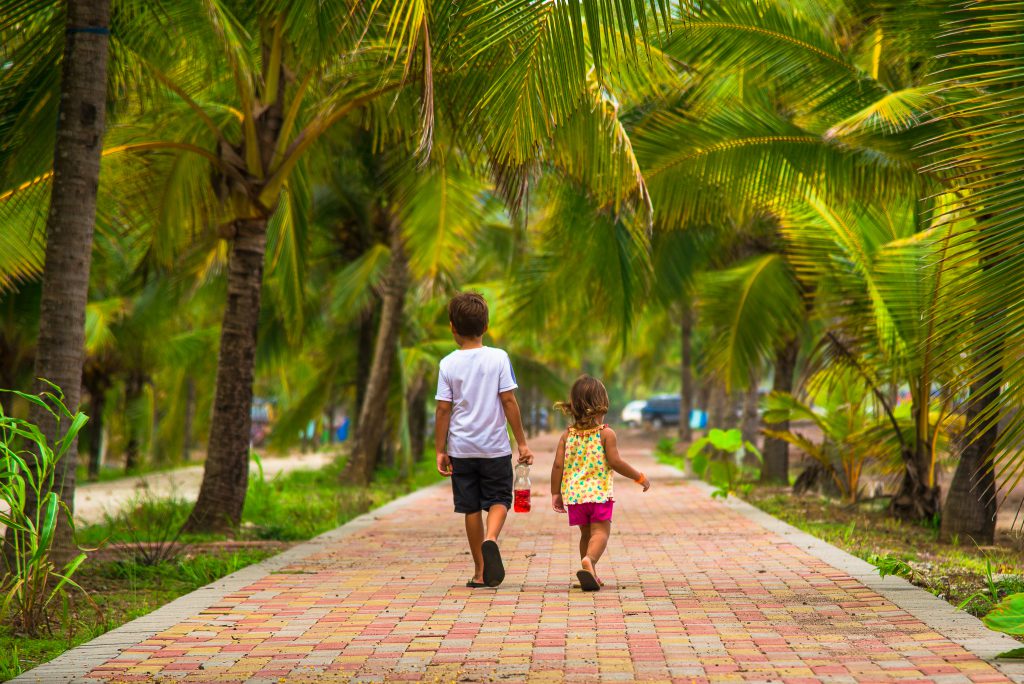
Under the Constitución Política de la República de Costa Rica (Constitution of Costa Rica), any child born in Costa Rica regardless of their parents’ nationality, has the right to be registered at birth as a Costa Rican. Birth registration needs to take place before the child turns eighteen or it can be done by the child before they turn twenty-five. All births are registered at the Tribunal Supremo de Elecciones, Costa Rica’s Supreme Electoral Tribunal also known as TSE. (Consortium for Street Children, 2019).
In theory, any individual born in Costa Rica or to at least one Costa Rican parent is entitled to claim citizenship. However, issues remain for seasonal workers and people of indigenous heritage working at the countries’ borders with Nicaragua and Panama (US Department of State, 2021). A repeated challenge of this kind is the birth registration of children from the Panamanian Ngobe-Bugle group as these children are often born in Costa Rica to parents who frequently traverse the border for agricultural work.
Despite their valid claim to Costa Rican citizenship, parents rarely think it is necessary to register their children’s birth in either country, creating a group of stateless children often referred to as ‘Chiriticos’ (US Department of State, 2021). In efforts to address this issue, the National Civil Registry has worked alongside the UNHCR to facilitate late birth registration for all stateless children in border-adjacent areas of the country (US Department of State, 2021).
Additionally, and as part of the UNHCR Global Action Plan to End Statelessness 2014-2024, UNICEF, UNHCR and TSE have established a project to end statelessness in Costa Rica. This project is aimed at helping indigenous families with birth registration and nationality procedures, specifically the trans-border migration of the Ngöbe Bugle indigenous peoples. Since the creation of this project, two million administrative proceedings have been accelerated (Consortium for Street Children, 2019).
In the 2020 Committee on the Rights of the Child concluding observation of Costa Rica, it was recommended that the government ensures that indigenous and migrant children are registered at birth and that they have access to all personal identification documents (Committee on the Rights of the Child, 2020).
Risk factors → Country-specific challenges
Sexual exploitation
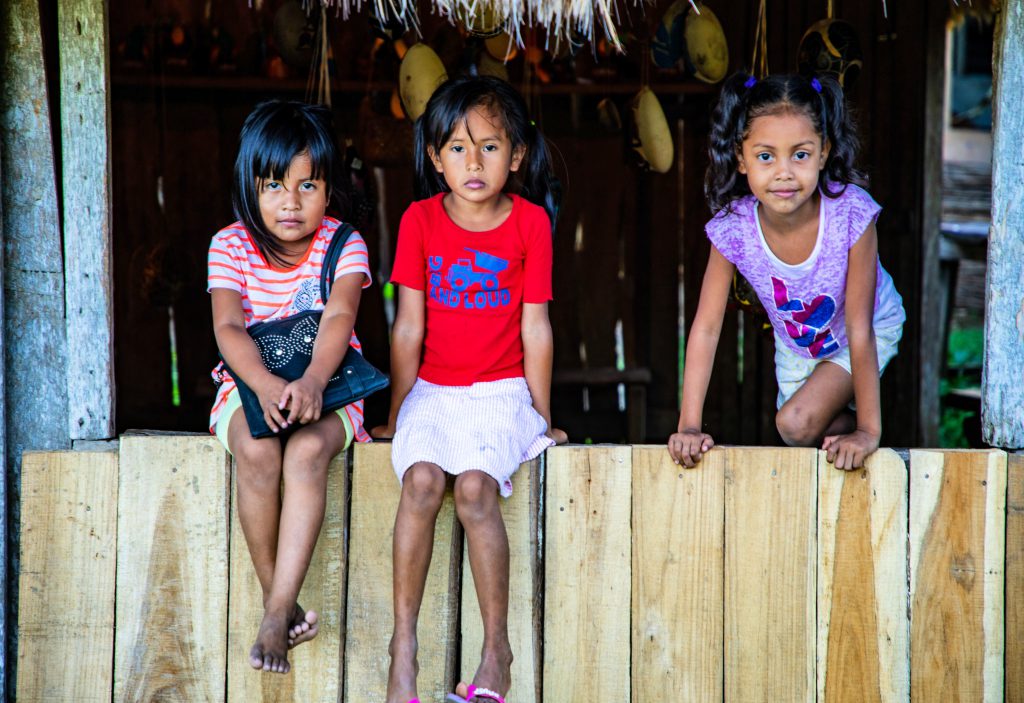
Between 2011 and 2016, the National Child Welfare Agency (PANI) of Costa Rica received a thousand reports of child sexual exploitation. Costa Rica plays a significant role at all stages of the trafficking chain. In 2017, the country was identified as a country of origin, transit and destination for human trafficking, with particular risks for migrant girls (CEDAW, 2017). National statistics identified 211 victims of human trafficking between 2010 and 2018, including 43 children and 40 individuals trafficked for sexual exploitation (ECPAT International and Fundación PANIAMOR, 2018).
Despite these reports, recent information on human trafficking in Costa Rica is sparse making it difficult to gauge the true scale of the challenge the country faces today. Further, and as highlighted by the International Bureau for Children’s Rights, cultural misconceptions and attitudes are an enabler of child sexual exploitation. Prostitution is widely tolerated and there is extremely limited awareness of sexual abuse and exploitation leading to a lack of reports in regard to these offences (ECPAT International and Fundación PANIAMOR, 2018).
Child labour
In 2020, the government made significant advancements in eliminating the worst forms of child labour by ratifying the Protocol to the Forced Labour Convention of 1930. The natural environment of Costa Rica allows for the growth of coffee in abundance making it one of the country’s biggest exports. This industry has subjected children to the worst forms of child labour (US Department of Labour, 2020).
Costa Rica has ratified all the key international conventions concerning child labour such as the International Labour Organization (ILO) Minimum Age Convention, 1973 (No. 138); Worst Forms of Child Labour Convention, 1999 (No. 182); the UNCRC, Palermo Protocol on Trafficking in Persons, UN CRC Optional Protocol on the Sale of Children, Child Prostitution and Child Pornography and UN CRC Optional Protocol on the involvement of children Armed Conflict (US Department of Labour, 2020).
Despite the ratification of several international conventions, inadequacies within the Ministry of Labour and Social Security has left gaps within the legal framework to effectively protect children from the worst forms of child labour (US Department of Labour, 2020).
Despite these inadequacies, the government has taken the initiative to develop key policies such as the Roadmap Against Child Labour, The Worst Forms of Child Labour 2010-2020 and the National Plan for Development 2019-2022 in regard to the elimination of child labour in Costa Rica. The government has also funded several social programs that address child labour (US Department of Labour, 2020).
Since 2002, the government has created a social program known as Casas de la Alegría ‘House of Joy’. This social program is aimed at providing an alternative to child labour during the coffee harvest season from September to January. In 2018, it was found that less than 25% of Ngöbe and Buglé children were harvesting coffee since the establishment of the social program (Cultural Survival, 2019).
It is estimated that approximately 2,500 Ngöbe and Buglé children living along the Costa Rica-Panama border are engaged in seasonal child labour, working on coffee plantations as a source of income. During harvest season, whilst travelling with their parents, these children are unable to access education or social services. As a result, they are subjected to harsh weather conditions, and lack access to medical care and education (Cultural Survival, 2019).
Costa Rica is also known as a destination country for child sex tourism, particularly amongst tourists from the United States and Europe. Migrant children, particularly from Nicaragua are often subjected to commercial sexual exploitation predominantly in the Northern and Pacific coastal zones of the country (US Department of Labour, 2020). The minimum working age in Costa Rica is lower than the compulsory age for education, therefore making children between the ages of fifteen to seventeen vulnerable to child labour and exploitation (US Department of Labour, 2020).
One third of the children engaged in child labour in Costa Rica work within the agriculture sector, within the coastal provinces of Limon, Puntarenas and Guanacaste. Children belonging to indigenous and migrant groups, as well as Afro-descendant children face a higher risk of labour exploitation. In a 2020 updated survey, the National Household Survey demonstrated that the number of children engaged in child labour between the age of twelve to seventeen had decreased from 13,328 in 2018 to 6,706 in 2019 (US Department of Labour, 2020).
Gender-based violence
Costa Rica’s 2007 Criminalisation of Violence Against Women Law (2007) provides the legislative basis for the protection of women against domestic violence (UN Women, 2007). Provisions notwithstanding, there is a track record of high levels of violence against women in the country. National statistics from the early 2000s indicated that over 35% of women had experienced violence from their partners (UN Women, 2008). More recent data states that there were over ten thousand women who are victims of gender-based violence in 2020 (Infosegura, 2020).
In response to these atrocities, the government has institutionalised new legislation to broaden national definitions and local understandings of gender-based violence. In 2020, the country passed a new Law Against Street Sexual Harassment. In 2021, the Criminalisation of Violence Against Women Law was broadened to ensure femicide could not occur in any type of relationship – a significant expansion of the country’s former legislation (Infosegura, 2020).
Written by Vanessa Cezarita Cordeiro
Last updated on 20 March 2022
References:
OECD. (2017). “Education in Costa Rica.” Retrieved from OECD, accessed on 10 March 2022.
[1] This article by no means purports to give a full or representative account of children’s rights in Costa Rica; indeed, one of many challenges is the scant updated information on the children in Costa Rica, much of which is unreliable, not representative, outdated or simply non-existent.

